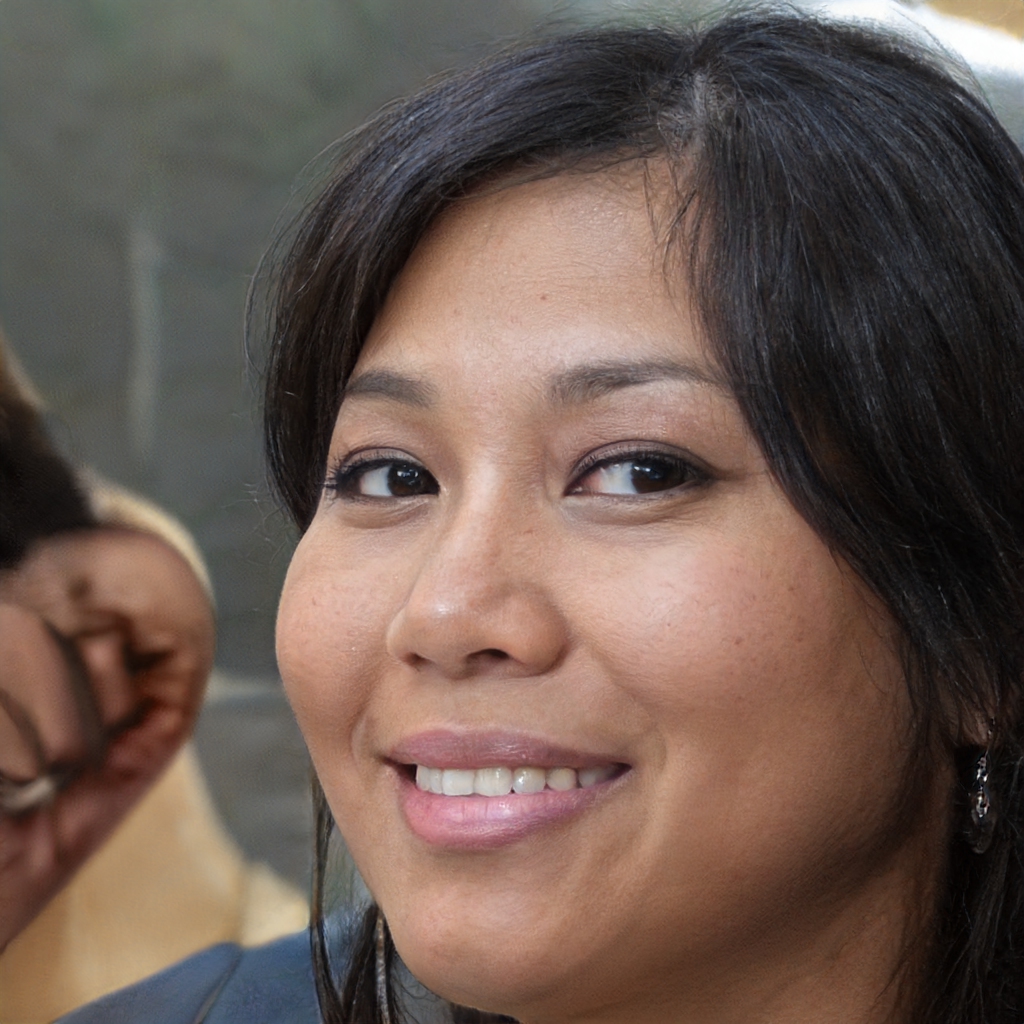October 15 and November 15 are two important dates in the transition to the new Digital Terrestrial: here's what will happen and what changes for viewers
Since the Ministry of Economic Development, with the decree of July 30, 2021, postponed the beginning of the transition from the current Digital Terrestrial standard DVB-T to the new DVB-T2 (the so-called "switch off") there has been a lot of confusion about what will happen in the coming days, months and years and about the real need to change television.
As is now well known, the previous date of September 1st has been skipped and the introduction of the MPEG-4 codec, instead of the current MPEG-2, is postponed to October 15th. There is, however, a further date that circulates on social networks, blogs and some Web sites in search of easy clicks: November 15. Secondo alcuni poco o male informati, quindi, il passaggio da MPEG-2 a MPEG-4 inizierà il 15 novembre, e non il 15 ottobre, e sarà persino scaglionato con date diverse da regione a regione: la Sardegna, secondo questa interpretazione errata del decreto, sarebbe la prima. Questa notizia è falsa e le cose stanno in modo molto diverso. Poiché il passaggio da MPEG-2 a MPEG-4 comporterà l’impossibilità per alcuni telespettatori (dotati di televisori molto vecchi) di vedere i programmi cerchiamo di fare chiarezza.
Cosa succede il 15 ottobre
Il 15 ottobre succederà quello che doveva succedere il 1° settembre: le emittenti inizieranno ad abbandonare la vecchia codifica MPEG-2 e ad adottare la nuova MPEG-4 (che, in realtà, tanto nuova non è). Abbiamo detto “inizieranno" perché, a differenza di quanto inizialmente previsto nella vecchia roadmap, con l’ultimo decreto il cambio di codec è facoltativo.
La RAI, ad esempio, il 15 ottobre passerà in MPEG-4 solo 13 canali TV e 9 radio. Queste le TV:
- Rai 5
- Rai Storia
- Rai Sport
- Rai Scuola
- Rai 4
- Rai Movie
- Rai Premium
- Rai Gulp
- Rai YoYo
- Rai 1 HD
- Rai Sport + HD
- Rai 2 HD
- Rai 3 HD
E queste le radio:
- Rai Radio Tutta Italiana
- Rai Radio3 Classica
- Rai Radio Techetè
- Rai Radio Live
- Rai Radio Kids
- Rai Isoradio
- Rai GrParlamento
- Rai Radio1 Sport
- Rai Radio2 Indie
Resteranno invece con il vecchio codec, e saranno quindi visibili a tutti, le quattro TV ammiraglie:
- Rai 1
- Rai 2
- Rai 3
- Rai News 24
Altri editori TV si comporteranno in modo diverso, facendo ognuno le sue scelte anche perché adesso il passaggio da un codec all’altro è facoltativo.
What happens on November 15
But let's come to the second date, that of November 15, which, according to some, will involve the switchover to the new digital terrestrial. On this date triggers not the change of coding, but the so-called "refarming".
With this term we mean the process of shutting down the transmission systems of the TV signal on some radio frequencies (those of the 700 MHz band, to be precise 694-790 Mhz), which have already been awarded at auction to telephone operators for the 5G network.
The auction was made in October 2018 and the State has already cashed the record amount of 6.5 billion euros, so it is no longer possible to take steps backwards: those frequencies must be left free from TV broadcasters and assigned to the 5G network.
According to the decree of the Ministry of Economic Development at the end of June, those frequencies will have to be left free starting from November 15, 2021. It will start from Sardinia, but only from January 2022 these frequencies will be released in other regions of Italy.
